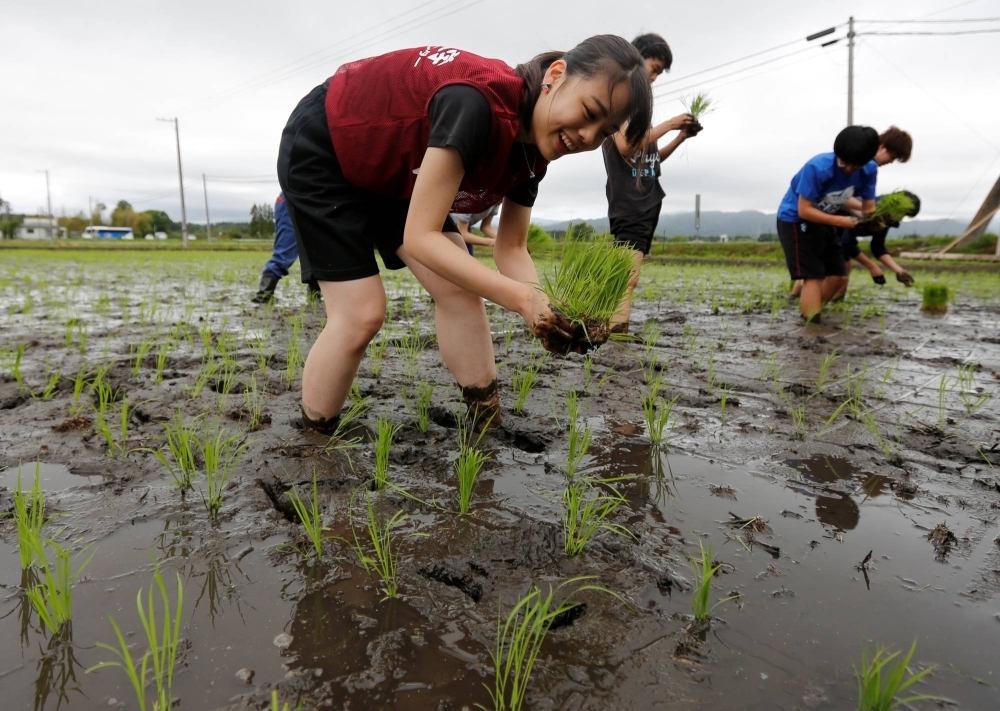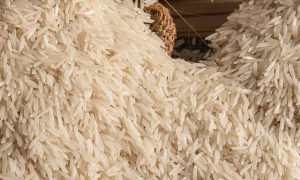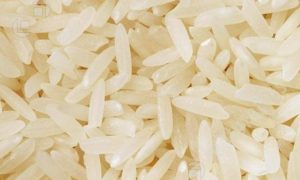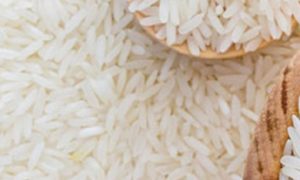Climate change, chalky grains and the risks for Japan’s rice farmers

As Japan’s rice farmers face the impact of climate change on their crops, extreme weather conditions threaten both yield and quality. Rising temperatures lead to chalky grains and decreased nutritional value, impacting farmers’ income and food security. To adapt, heat-resistant rice varieties are introduced, yet consumer acceptance remains crucial. Government initiatives aim to increase adoption of these varieties, but challenges persist in mitigating climate risks and ensuring sustainable rice production amidst changing weather patterns.
As Japan’s rice farmers prepare for a new planting season, many will be hoping that this summer brings a reprieve from 2023’s brutal weather conditions.
Niigata Prefecture, for example, typically known as Japan’s leading rice-growing region, had one of the poorest rice harvests in the country last year.
“Extreme heat and low rainfall led to chalky or split grains,” laments Toru Tanabe, an official with the city of Agano. He stresses that the drop in rice grade did not correspond to a drop in taste but nonetheless many are concerned that Japan’s increasingly scorching summers could have a negative impact on yield and quality.
Harvests on Nagasaki Prefecture’s Tsushima island have also included more chalky grains than usual due to the heat, and farmers expressed concern about how their customers would react. “Will they think ‘This year’s rice is weird?’” says Yu Arikawa, a member of an ecologically minded farmers’ group on the island.
Last year was Japan’s hottest on record, contributing to a record-low harvest of top-quality rice.
Such blistering summers are becoming more and more likely as global warming progresses; Japan has seen a trend of consistently high temperatures in recent years, with 2019 to 2023 ranking as the top five hottest years in recorded history. Against this backdrop, Japan’s administrators and researchers aim to understand the impacts that warming will have on rice crops and the implications for the country’s food security.
Although experts say it is unlikely that climate change will cause a dangerous shortage in Japan’s overall rice supply, extreme heat still threatens to lower grain quality and — by extension — farmers’ income.
That’s forcing farmers to adapt, with the widespread introduction of heat-resistant rice varieties seen as key to preventing damage from global warming. But a key question remains: Will consumers follow along?
Lower quality, lower income
Food security — the ability of all people to have physical and economic access to sufficient, safe and nutritious food — is falling globally in large part due to the effects of rising temperatures and extreme weather events brought on by climate change.
Rice is the cornerstone of food security in Japan, according to the agriculture ministry. Today, Japan’s self sufficiency rate for rice is nearly 100%, compared with 38% for food overall, on a calorie basis. As such, the ministry calls adaptation measures to protect rice harvests from the impacts of climate change “indispensable,” even though it has taken steps to head off short-term disruption.
“In terms of food security, we will basically be OK even in the event of a disaster, because the government maintains rice reserves,” explains Ryuhei Kanda, deputy director of the Cereal Crop Division with the ministry’s Crop Production Bureau.
Read more: https://www.japantimes.co.jp/environment/2024/04/28/climate-change/rice-climate-change-risk/
















